Top Photo: Landing ships putting cargo ashore on one of the invasion beaches, at low tide during the first days of the operation, June 1944. Photograph from the U.S. Coast Guard Collection in the U.S. National Archives.
When President Franklin Delano Roosevelt met with Prime Minister Winston Churchill at the Arcadia Conference, held in Washington, D.C., from December 24, 1941, to January 14, 1942, they agreed to a “Germany First” policy to govern Allied strategy. Still, the questions of where to engage Germany, and when, remained a matter of debate. Army Chief of Staff General George C. Marshall advocated Operation Sledgehammer, a plan to invade the European Continent in 1942. Churchill and the British Chiefs of Staff strongly opposed this plan, ultimately convincing Roosevelt to back Operation Torch, an amphibious invasion of North Africa, instead.
With this decision made, US planners hoped to see the invasion of Europe delayed just one year, to 1943; however, the massive commitment of troops and supplies to the Mediterranean theater for Operation Torch and the decision to invade Sicily in the summer of 1943 made an invasion of mainland Europe before 1944 impossible. Still, the Allies continued to develop contingency plans to conduct feints and raids along the Atlantic coast, a hasty invasion of the Continent should Germany collapse suddenly, and, whenever the time came, a full-scale invasion.
This planning began before the United States became an active combatant in the war but not in a centralized manner. Before Pearl Harbor, US planners focused on protective mobilization, but soon after the Pearl Harbor attack, their focus shifted to plans for direct US involvement in the war. One of the early leaders of the US planning effort, Colonel Ray Barker, reported on February 7, 1942, to the US Army’s Special Observers Group in London, which later became the headquarters of the European Theater of Operations, US Army (ETOUSA). Assigned initially as lead artillery planner, Barker’s talents soon led to his appointment as head of the war plans section. Although nobody directed Barker to integrate his efforts with the British planners, this seemed to him the obvious thing to do. Soon he found himself involved in planning Operation Sledgehammer, and the related Operations Roundup (invasion of Europe in 1943) and Bolero (buildup of US troops, equipment, and supplies in England in preparation for Roundup).
In August 1942, after Allies canceled Operation Sledgehammer and instead committed to Operation Torch, contingency planning for an invasion of mainland Europe continued but still with no centralized organization or consistent strategic guidance. Plans developed by various headquarters’ staffs ranged from feints and raids to multiple small, simultaneous invasions, to a large-scale invasion at one of many possible locations. One plan in the latter category, Operation Skyscraper, reflected significant strides in Allied thinking. Developed on their own initiative by now-Brigadier General Barker and a British officer named Major General John Sinclair, Operation Skyscraper differed from earlier plans in several ways.
The Skyscraper plan, drafted in March 1943, envisioned a landing in Normandy, opposite Caen and on the eastern shore of the Cotentin Peninsula, rather than at Calais. It foresaw strong German resistance, rather than a German army on the verge of collapse; therefore, it involved a large, powerful invasion force. Perhaps most importantly, Barker and Sinclair realized that the lack of clear strategic guidance resulted in a divergent planning effort that did not enable leaders to begin training their troops for the operation. In the plan summary, they wrote: “For what are we to plan and prepare?” They argued that to enable units to begin training, the Allied senior leaders must make key decisions about details like the invasion location, the kind of enemy resistance expected, and the operational concept for post-landing operations. “To defer the decision,” they wrote, “is to decide not to be ready.”[1]
Meanwhile, Lieutenant General Sir Frederick “Freddie” Morgan, commander of British I Corps, had taken an interest in planning for a cross-Channel invasion. In May 1942, Morgan, having grown tired of the seemingly endless planning for a German invasion of England, shifted his focus to the problem of an assault crossing of the Rhine River. Thinking about how to overcome the challenges of crossing such a large body of water helped Morgan to recognize the complexity of a future invasion of mainland Europe. With no modern examples of a large-scale, opposed amphibious invasion to study, Morgan directed his staff to consider the various problems such an operation would entail. Their work continued in this vein in late 1942 when Morgan’s I Corps was assigned two divisions and sent to North Africa, with orders to conduct contingency planning for an amphibious assault that never took place. With the end of the campaign in North Africa in sight, Morgan shifted his staff’s focus to an invasion of Sardinia, which also never took place. In early 1943, with his divisions committed to the invasion of Sicily, Morgan returned to England with his staff.
Recognizing Morgan’s unique experience planning amphibious operations, the British Chiefs of Staff (COS) asked him to brief them on existing plans for a cross-Channel invasion. In preparation, Morgan sought out and met with plans officers in England to discuss their ongoing planning efforts. This soon brought the Operation Skyscraper plan and its authors, Barker and Sinclair, to Morgan’s attention, and he was impressed by both the plan and its authors. With his research complete, Morgan briefed the COS on the state of planning for a cross-Channel invasion. The COS, convinced by the thoroughness of Morgan’s presentation that he was the right man for the job, appointed him on April 26, 1943, to lead a new organization that would serve as the hub of planning for the eventual invasion of mainland Europe. Morgan’s staff would have no commander; rather, he would serve as the organization’s chief of staff, leading the planning effort pending the appointment of a commander. Morgan named his organization in recognition of his role: Chief of Staff, Supreme Allied Commander (COSSAC).
Several principles guided Morgan going forward. He knew that the planning effort would have to be joint, involving both American and British planners, so he absorbed Barker’s plans staff into COSSAC and made Barker his deputy. Further, COSSAC would have to prepare to serve as the nucleus of the operational headquarters that would ultimately lead the invasion. To prepare for this, Morgan directed his staff to develop command and control systems and procedures, garner logistical support, and liaise with the operational units that would execute the plan. Finally, Morgan knew that the plan would need enough detail to gain approval, while remaining general enough to be modifiable by the commander, once appointed.
When the British COS assigned Morgan to his new post on April 26, 1943, they gave him until July 15 to develop three interrelated plans: a deception plan (Operation Bodyguard), a concept for a rapid invasion should Germany collapse (Operation Rankin), and a main invasion against prepared enemy defenses (Operation Overlord). This gave Morgan less than 90 days to settle several topics of long-standing debate; first among these, the question of where to stage Operation Overlord. While planners considered many options, two leading candidates emerged: Calais and the Normandy coast. Many factors made Calais a suitable candidate, including its proximity to the English coast, the port of Antwerp, and the German frontier, and the quality of the surrounding terrain and road network. On the other hand, Hitler and many senior Wehrmacht officers expected the invasion to take place at Calais, so it was the most heavily defended part of the Atlantic Wall. Normandy, while farther away from both the English coast and the German frontier, offered good beaches, weaker German defenses, and proximity to a good port at Cherbourg. With Allied leaders split over this divisive issue, Morgan had his work cut out for him.
To sort out the question of Calais versus Normandy, Morgan organized a debate over the issue and invited senior Allied leaders to attend. While this debate did not settle the issue, it enabled everyone involved to have an open, constructive conversation about the pros and cons of each location. Thus, when Morgan invited planners and commanders to a conference in June 1943, code-named Rattle, they resumed this debate in a constructive, collaborative atmosphere and finally resolved it, with most attendees agreeing that the invasion should take place at Normandy.
It was at the Rattle conference where a logistics issue came to the fore. How would the Allies enable adequate shipping capacity to support the beachhead until Cherbourg’s port could be returned to operational status? Logistics planners had recently studied the concept of artificial harbors, and the briefing they gave on the topic led to the decision to include Mulberry harbors in the support plan. Interestingly, later studies of the beaches at Calais and Normandy revealed that only the Normandy beaches had the necessary combination of shore, shoal, and bottom conditions for secure mooring of the Mulberries, convincing the remaining holdouts of the superiority of Normandy as the invasion site.[2]
COSSAC met its July 15 deadline, submitting the plan that General Dwight D. Eisenhower and his staff would inherit in January 1944. The plan called for an initial invasion force of three divisions along the northern coast of Normandy but not on the eastern shore of the Cotentin Peninsula. Allied leaders briefed on the plan expressed concern that both the invasion force and the beachhead were too small, but limited availability of landing craft constrained the size of the invasion. This highlights one of the main challenges with which Morgan had to contend as COSSAC: As a chief of staff with no commander, he could only make recommendations, working within the guidance provided to him by the COS. Only a commander would have the authority to insist on significant changes to that guidance. This meant it would be up to Eisenhower and British General Sir Bernard Montgomery, who Eisenhower appointed overall land forces commander for the invasion, to gain support for an increase in the size of the invasion force and landing area. It is a testament to Morgan’s skill and determination as COSSAC that he could settle the many disputes involved in the planning effort while building the unity of the team, despite lacking the authority of a commander.
With the July 15 deadline met and the British COS and the British and American commanders in England briefed, it was time to bring the US War Department’s planners into the fold. In August, General George C. Marshall invited Morgan and Barker to Washington, D.C., for a five-day visit that ended up lasting six weeks. In August 1943, Marshall was considered the most likely candidate for Supreme Commander, and when he met with Morgan and Barker, he was beginning to think about the composition of the staff he would need to manage the invasion. Marshall was impressed by Morgan and Barker; not only their intimate knowledge of the details of the plan but also their ability to overcome inter-Alliance friction and find common ground and unity of vision. By the end of their visit, War Department planners were fully aware of and invested in the plan, and Marshall asked Morgan to serve as his Chief of Staff and Barker to serve as his G-3 Operations Officer, should he become Supreme Commander.
This was not to be. Roosevelt considered Marshall too valuable to the overall war effort to give him command of Overlord, selecting Eisenhower instead. The COSSAC staff provided the nucleus of Eisenhower’s Supreme Headquarters, Allied Expeditionary Force (SHAEF) staff, as intended, with Morgan and Barker both serving in senior staff roles throughout the campaign in northwestern Europe. While Eisenhower and Montgomery made key changes to the Overlord plan—expanding the beachhead, increasing the side of the initial invasion force (requiring a one-month delay to secure additional landing craft), and adding three airborne divisions to support the landings—this does not lessen COSSAC’s achievement. In a period of just eight months, Morgan and Barker united the disparate planning activities of several headquarters, overcame many divisive debates while building coalition unity, and developed an outline plan that enabled the success of the largest and most complex amphibious invasion in history.
Sources and Footnotes:
Mark T. Calhoun, PhD
Mark T. Calhoun, PhD, is a former Senior Historian at the Jenny Craig Institute for the Study of War and Democracy.
Cite this article:
MLA Citation:
APA Citation:
Chicago Style Citation:
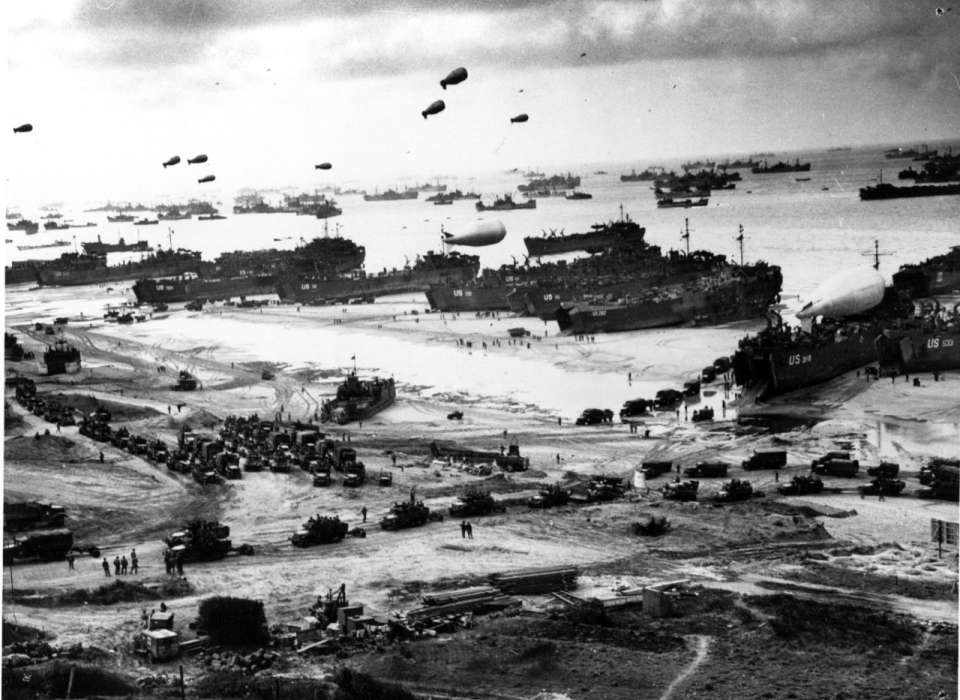
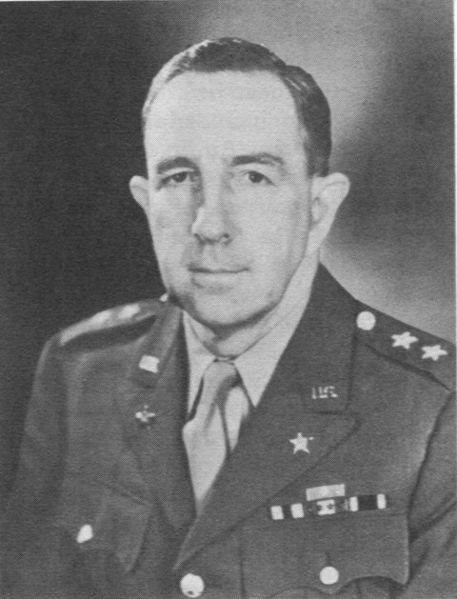
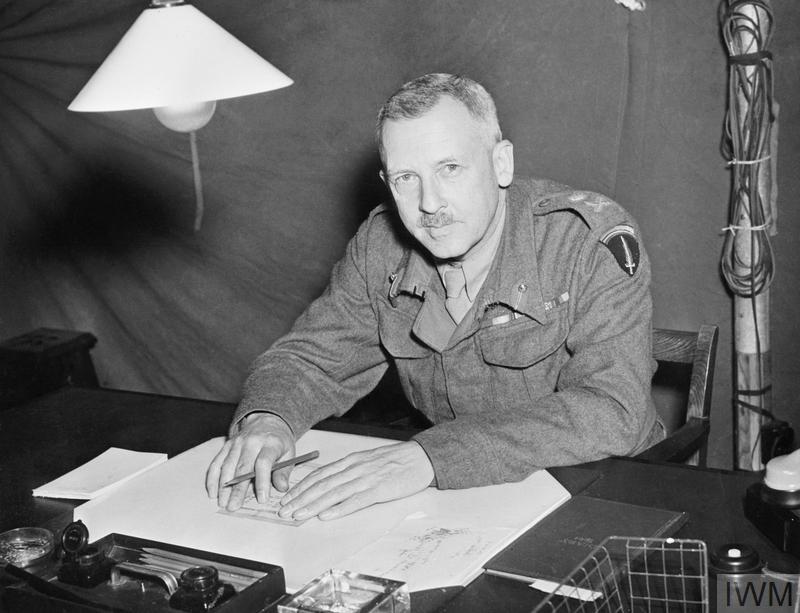
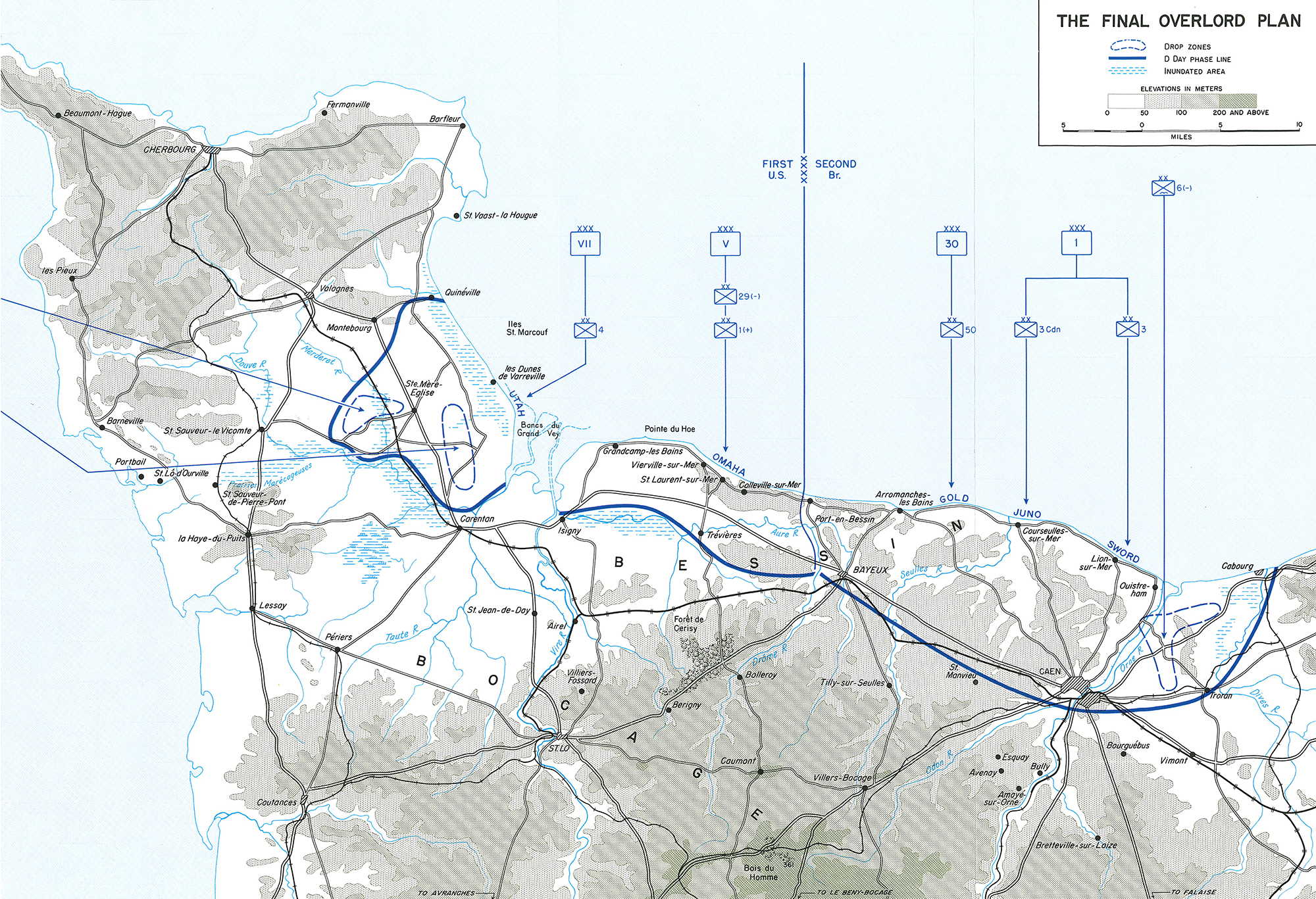
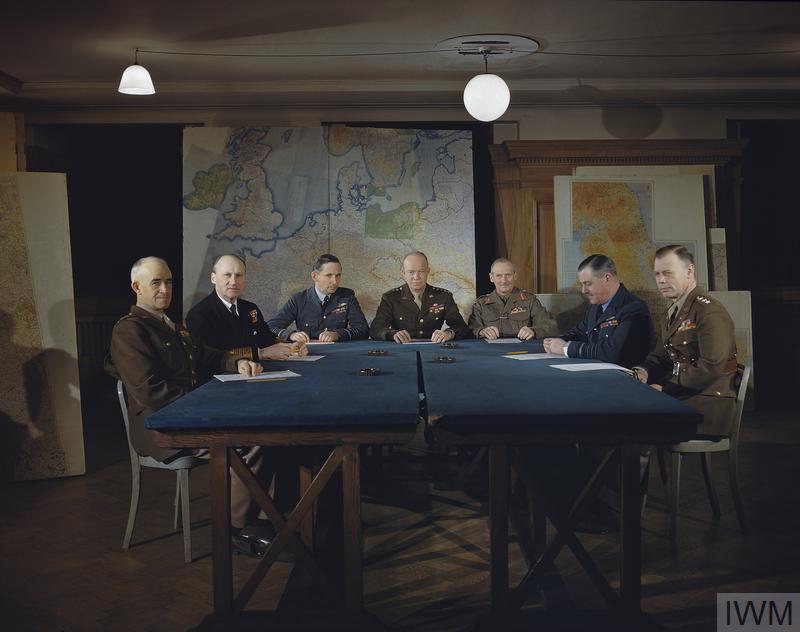
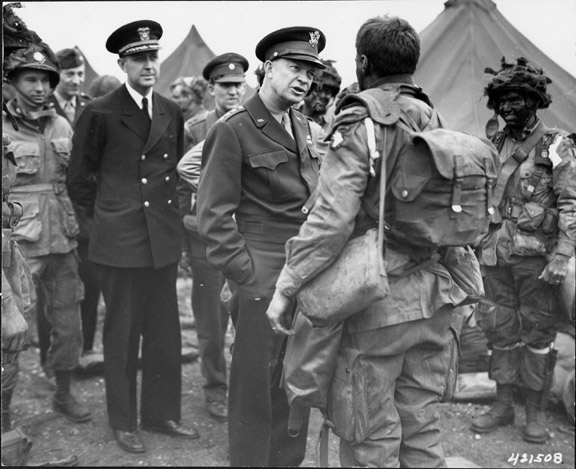
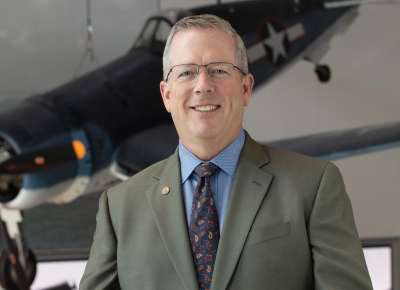
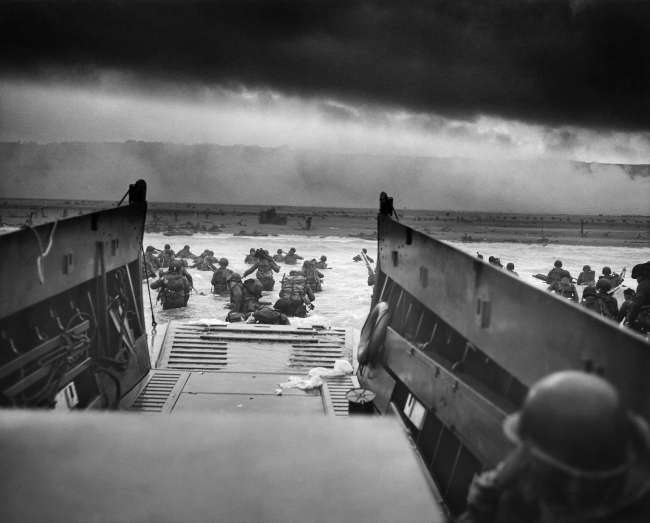



![Max Fuchs, New York City cantor, sings as Rabbi Sydney [sic] Lefkowitz, Richmond, VA, conducts the first Jewish services from Germany.](/sites/default/files/styles/max_650x650/public/2025-10/image1.jpg)



